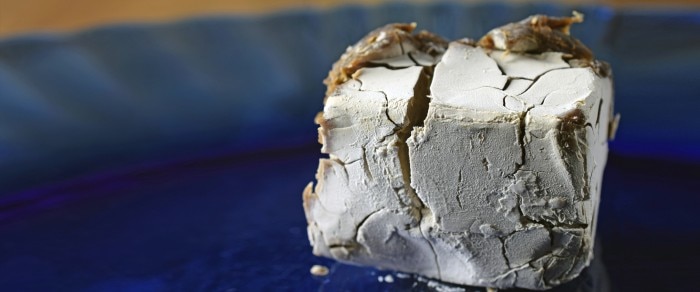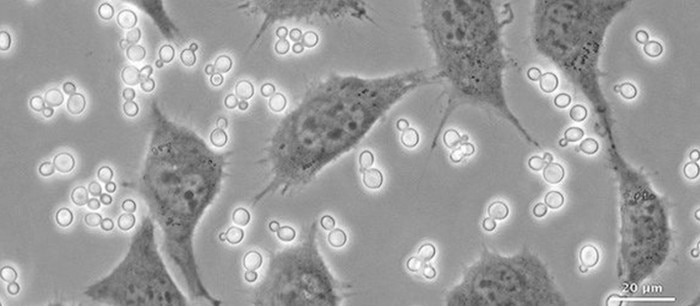MENU
HU | EUR
-
-
-
-
- Forum Labo 2025
- Advanced Therapies Week (ATW) 2025
- SLAS Europe 2025
- Bioprocessing Summit Europe 2025
- Medlab Middle East 2025
- SLAS International 2025
- Biologics World Nordics 2025
- ASIA LABEX: The Lab Show 2025
- BioProcess International Europe 2025
- ISEV 2025
- Future Labs Live 2025
- DataHow Symposium 2025
- Cell 2025
-
-
-
-
- Forum Labo 2025
- Advanced Therapies Week (ATW) 2025
- SLAS Europe 2025
- Bioprocessing Summit Europe 2025
- Medlab Middle East 2025
- SLAS International 2025
- Biologics World Nordics 2025
- ASIA LABEX: The Lab Show 2025
- BioProcess International Europe 2025
- ISEV 2025
- Future Labs Live 2025
- DataHow Symposium 2025
- Cell 2025
HU | EUR
-
- Benchtop Centrifuges
- Floor-Standing Centrifuges
- Refrigerated Centrifuges
- Microcentrifuges
- Multipurpose Centrifuges
- High-Speed Centrifuges
- Ultracentrifuges
- Concentrator
- IVD Products
- High-Speed and Ultracentrifuge Consumables
- Centrifuge Tubes
- Centrifuge Plates
- Device Management Software
- Sample and Information Management
No results found
Search Suggestions

How to detect a yeast contamination in your cell culture
Lab Academy
- Cell Biology
- Cell Culture
- Contamination
- CO2 Incubators
- Cell Culture Consumables
- Essay
Macroscopic detection
- Increase in turbidity of the medium, medium becomes cloudy.
- Initial stages of yeast contamination are difficult to detect macroscopically, as the pH changes only slightly, initiating little or no color change in medium containing phenol red as pH indicator.
Microscopic detection
Yeasts can be visualized using phase contrast at 100x - 400x magnification. Phase contrast facilitates detection, especially at low contamination levels. Yeasts appear as ovoid bright particles between the cells. They can exist as single cells or in in the form of chains or branches.Read more
Read less

Related links
Read more
Read less

